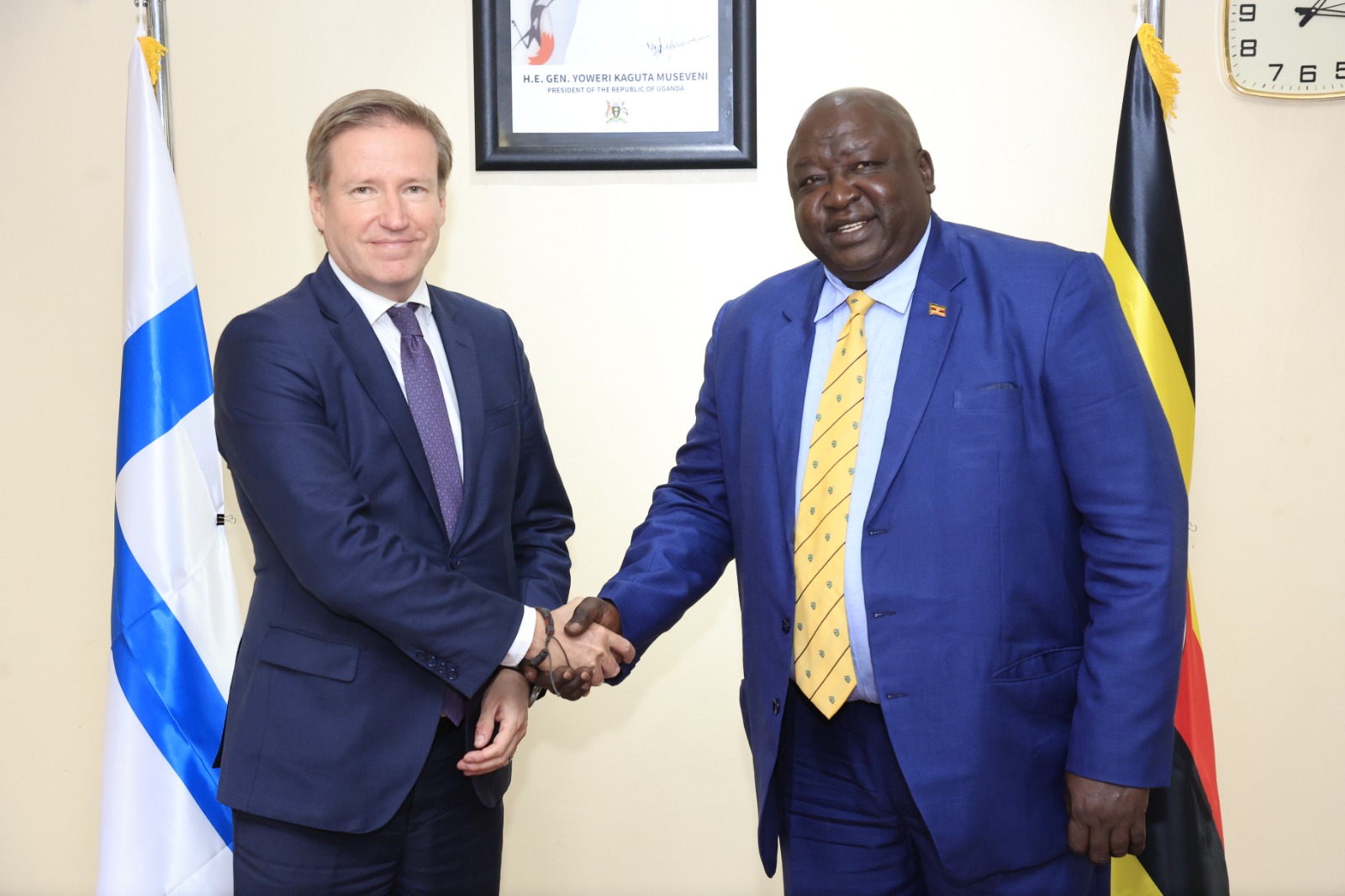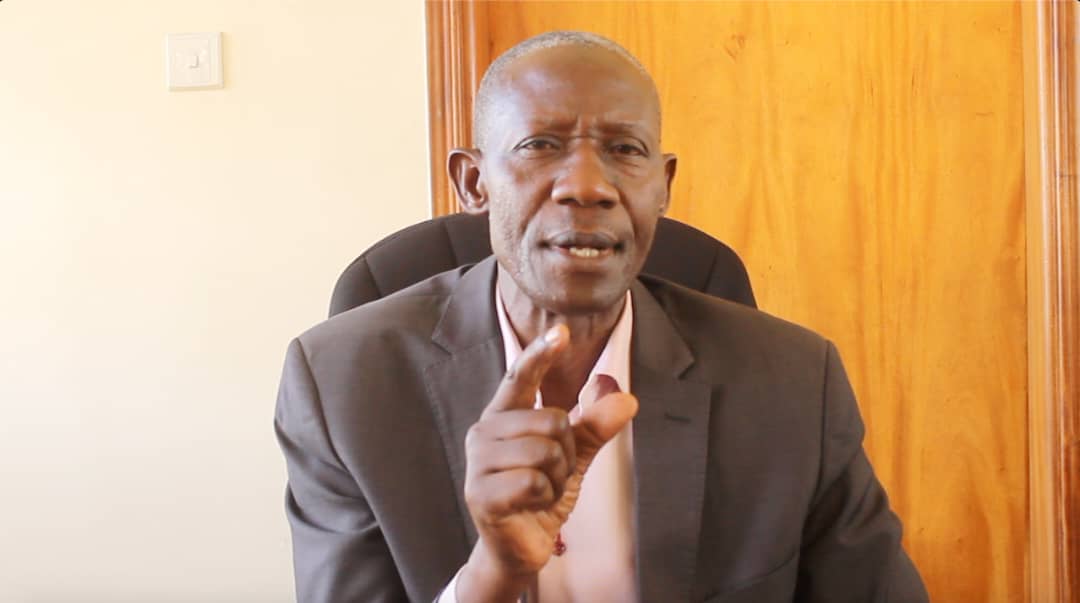Report: Men more likely to die from Aids-related illnesses
Men are more likely to die of Aids-related illnesses than women, according to a new report released by the Joint United Nations Programme on HIV/Aids (UNAIDS) on World Aids Day.
Keep Reading
The report titled,"The Blind Spot", indicates that men are dying because often, they are less likely to take an HIV test, less likely to access antiretroviral therapy, more likely to start treatment late, to interrupt treatment and to be lost to treatment follow-up.
It indicates that globally less than half of men living with HIV are on treatment, compared to 60 percent of women.
"Addressing the inequalities that put women and girls at risk of HIV is at the forefront of the AIDS response," Michel Sidibé, executive director of UNAIDS said.
In sub-Saharan Africa, men and boys living with HIV are 20 percent less likely than women and girls living with HIV to know their HIV status, and 27 percent less likely to be accessing treatment.
In western and central Africa, a region that is struggling to respond effectively to HIV, only 25 percent of men living with HIV are accessing treatment.
When people are not on treatment they are more likely to transmit HIV.
"When men access HIV prevention and treatment services, there is a triple dividend," Sidibé said.
The report highlights data from sub-Saharan Africa that show that condom use during sex with a non-regular partner is low among older men, who are also more likely to be living with HIV.
These data are consistent with studies showing a cycle of HIV transmission from older men to younger women, and from adult women to adult men of a similar age in places with high HIV prevalence.
The report also shows that HIV prevalence is consistently higher among men within key populations.
"We cannot let complacency set in," said Mr Sidibé.
While HIV testing has been able to reach women, particularly women using antenatal services, the same entry points have not been found for men, limiting uptake of HIV testing among men.
"The concept of harmful masculinity and male stereotypes create conditions that make having safer sex, taking an HIV test, accessing and adhering to treatment - or even having conversations about sexuality - a challenge for men," Sidibé said adding that "men need to take responsibility. This bravado is costing lives."
The report shows the need to invest in boys and girls at an early age, ensuring that they have access to age-appropriate comprehensive sexuality education that addresses gender equality and is based on human rights, creating healthy relationships and promoting health-seeking behaviour for both girls and boys.
The report shows that men visit health-care facilities less frequently than women, have fewer health checks and are diagnosed with life-threatening conditions at later stages than women.
In Uganda, some men reported they would rather avoid knowing their HIV status and receiving life-saving treatment because they associated being HIV-positive with emasculating stigma. One study in South Africa showed that 70 percent of men who had died from AIDS-related illnesses had never sought care for HIV.
The report urges HIV programmes to boost men's use of health services and to make services more easily available to men.
It also urges a supportive legal and policy environment that addresses the common barriers to accessing HIV services, especially for key populations, and can accommodate the diverse needs and realities of men and boys.
The Blind Spot shows that by enabling men to stay free from HIV, get tested regularly and start and stay on treatment of HIV-positive, the benefits will not only improve male health outcomes but will contribute to declines in new HIV infections among women and girls and to altering harmful gender norms.













